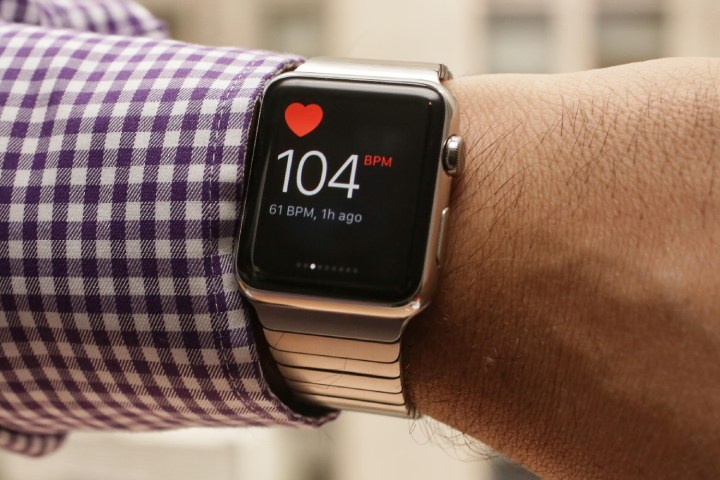
August 18, 2015 was a typical day for Dennis. He was at work placing posts in the ground, but after lunch he didn’t feel so well. He told The Sun, “I felt terrible – like I had a really bad flu. I worked for maybe ten minutes but said to my helper I need to sit down.”
Related: Choose the Apple Watch that’s right for you
While sitting down in the trailer, he started playing with his two-week-old Apple Watch. He had already become a bit obsessed with checking his pulse, but when he did so this time, it wasn’t normal. It showed a rate of 210. “I turned to my helper and said: We need an ambulance.”
The paramedics determined that he was having a heart attack and they rushed him to Royal Alexandra Hospital in Edmonton. Later, doctors cleared some blockages to prevent another occurrence.
What’s even more amazing is what he was told afterwards. Anselmo said, “They told me that if I had gone home and gone to bed — as many people do — I would likely have had another, more serious bout in the middle of the night. Those second attacks are the ones that kill. That is a common problem.”
Anselmo happens to be a watch fanatic. His wife Mary was against him buying the Apple Watch, but he didn’t listen. He said, “She complained, but after the heart attack she said ‘that watch has paid for itself,'”
Despite owning 35 other watches, the Apple Watch is now his favorite. “Since the incident the other 35 are locked up and don’t see daylight.”


